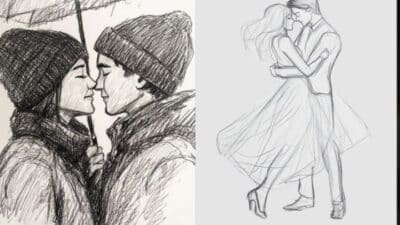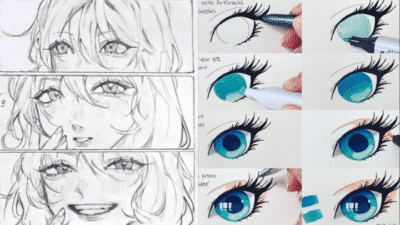Base drawing is a useful concept if you want to improve your figure drawing skills, design characters, or create dynamic poses. A base drawing is a simplified outline or structure that acts as the foundation for more detailed artwork, helping you achieve correct proportions and believable poses. Artists use these sketches to plan and experiment with gestures before refining their drawings, and they’re popular resources for both beginners and advanced artists.
You’ll see base drawings referenced everywhere, from art tutorials to stock image sites and curated boards on platforms like Pinterest. They’re commonly used as practice tools, creative shortcuts, and even in digital art communities for collaborative projects. Using a base drawing lets you focus on creativity without getting stuck on fundamentals, making the art process more enjoyable.
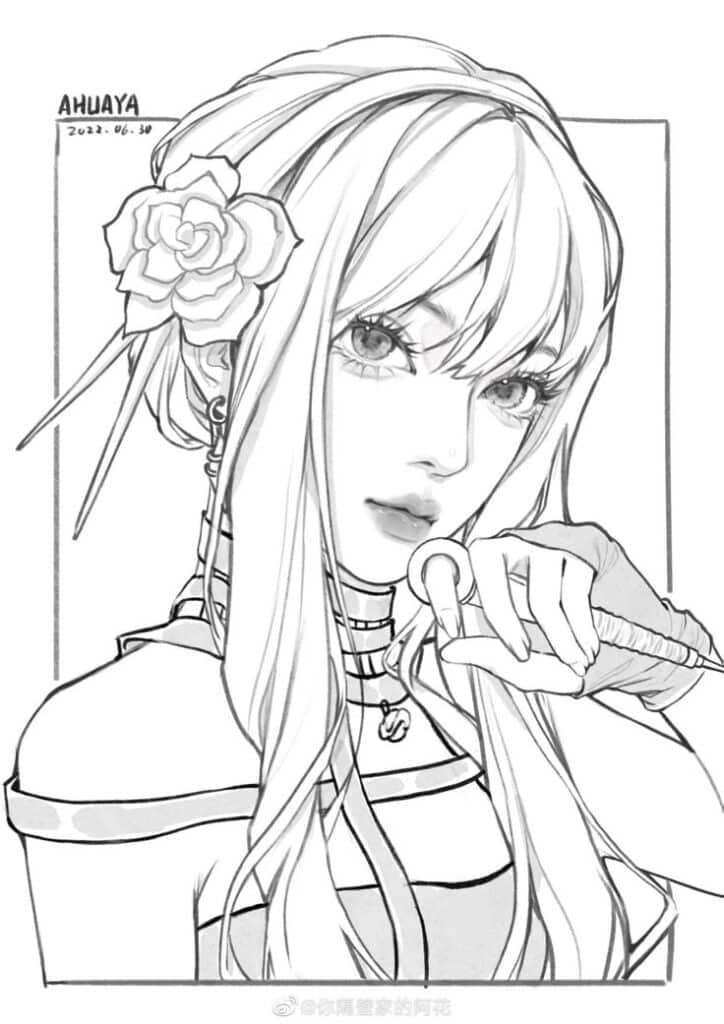
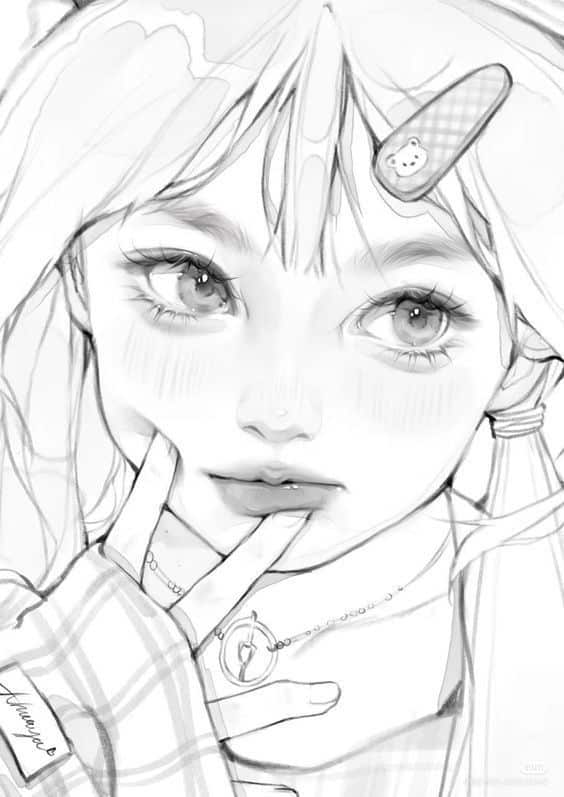

Key Takeaways
- Base drawings serve as foundational guides for drawing figures and poses.
- You can use base drawings to improve your skills and spark creative ideas.
- Many artists use and share base drawings as practical starting points in various projects.
What Is a Base Drawing?
A base drawing is a foundational sketch used by artists to quickly establish pose, proportion, and structure. It serves as a helpful template for refining characters and practicing anatomy.
Definition and Purpose
A base drawing is made up of simple shapes and lines that represent the main parts of the body, such as the head, torso, arms, and legs. You often see these starting points when creating character art or designing poses for illustrations.
Artists use base drawings as a practical shortcut to save time and reduce errors in proportion. By starting with a base, you can focus on detailing, clothing, and facial features without worrying about the figure’s structure being off. Many digital artists and beginners utilize pre-made bases or create their own reusable templates.
Key points about base drawings:
- Used for foundational structure
- Typically feature simplified anatomy
- Help with maintaining proportion and pose consistency
You can also collaborate or share bases in art communities. They allow for creative freedom on top of a consistent framework.
Historical Context
Base drawings became more widespread among digital art communities in the late 1980s and beyond. By 1989, personal computers and drawing software made it faster for artists to experiment with digital bases.
Before computer art programs, similar concepts existed in traditional animation and figure drawing. Artists would sketch mannequins or stick figures as the first layer before adding detail. This process helped streamline character development and animation production.
Online platforms, such as DeviantArt and Pinterest, made sharing and modifying base drawings more common. In these communities, you can find a wide range of free and paid bases for use in personal art projects, teaching, or collaborative work.
Base drawings continue to evolve with technology. You now have access to advanced tools and anatomy guides, making it even easier to get started and improve your skills.
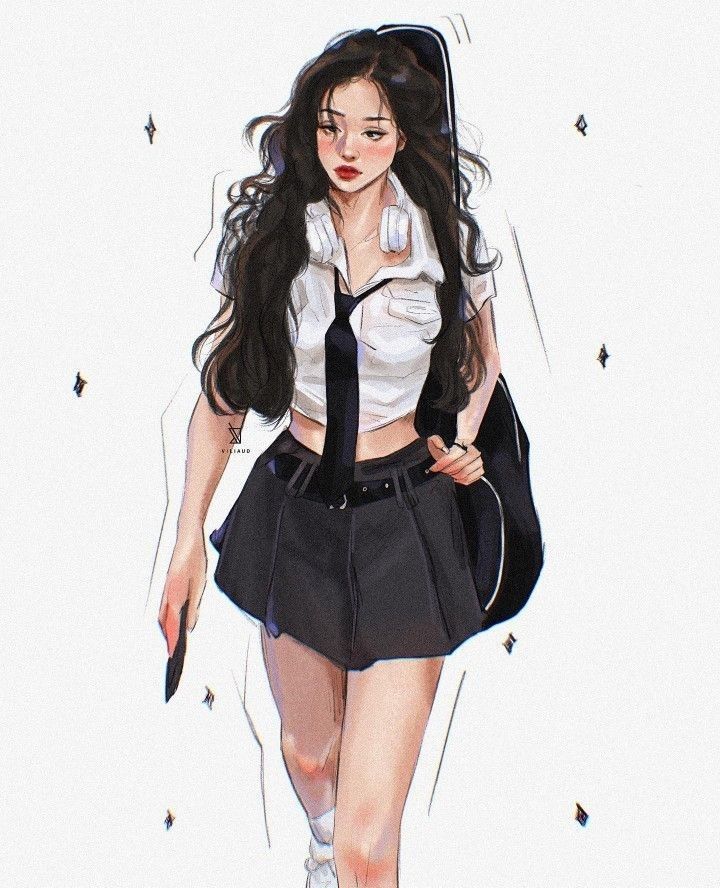
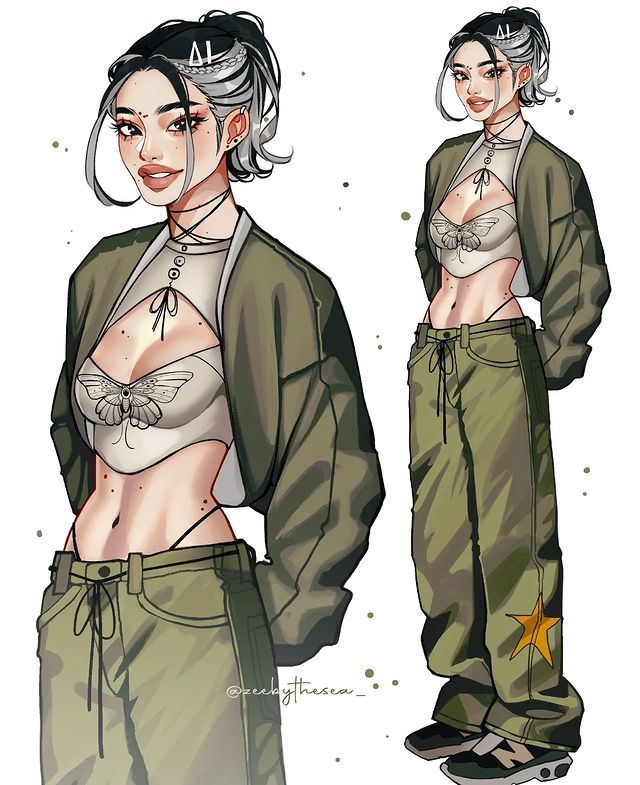
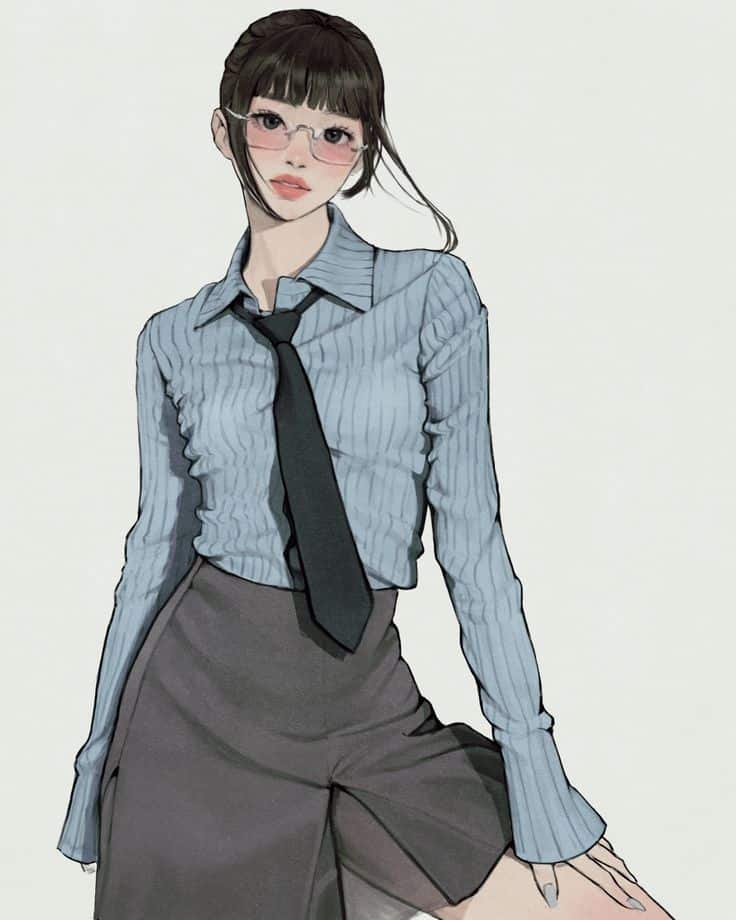
Famous Base Drawings
Some of the most discussed base drawings relate to secretive sites and alleged military installations. Artwork and sketches tied to these locations have played a notable role in how the public imagines hidden government activities.
Bob Lazar’s S4 Base Illustration
Bob Lazar is known for his claims about working at a site called S4, near Area 51. He shared a hand-drawn sketch that depicts the S4 facility nestled into the side of a mountain, with “hangar doors” camouflaged to blend with the desert terrain.
In his illustration, you see nine hangar bays which, according to Lazar, were used to house and study alleged alien spacecraft. The drawing is simple but detailed enough to outline the scale of the facility and its unique placement.
Lazar’s sketch is often referenced in documentaries, UFO forums, and books. It’s become a touchstone for discussions about alleged government secrecy and the mysteries surrounding Area 51. Many enthusiasts and researchers use the illustration as a visual anchor for further investigation or speculation.
Other Area 51 Artworks
Area 51 itself has inspired numerous drawings, both realistic and imaginative. Artists and amateur researchers frequently attempt to recreate layouts of the facility using satellite images, news reports, and witness accounts.
Some Area 51 artworks focus on the base’s main runway, security fences, radar installations, and buildings believed to house advanced aircraft. Others venture into creative territory, imagining underground labs and hangars filled with experimental technology.
Drawings of Area 51 are shared widely on forums and social platforms. They help spark discussion by providing a visual reference for a location that is typically off-limits and heavily guarded. These artworks give you a way to visualize what’s otherwise hidden from public view.

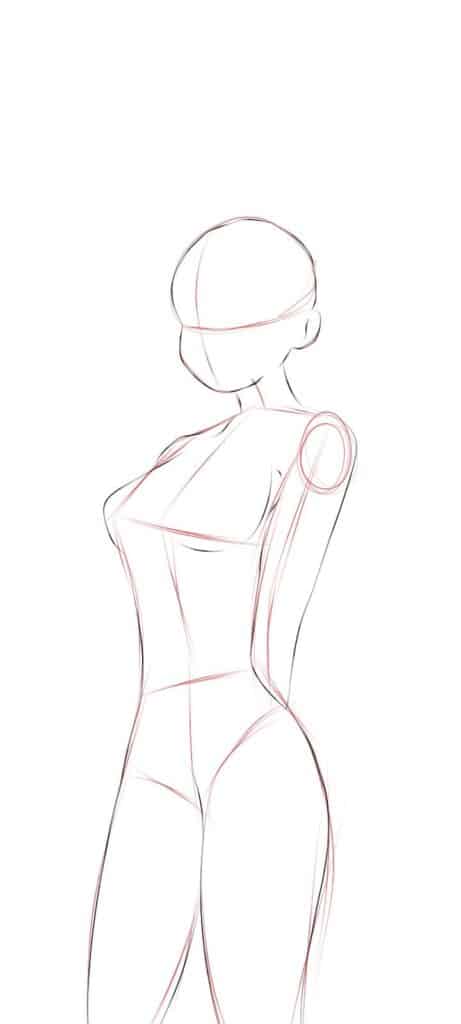
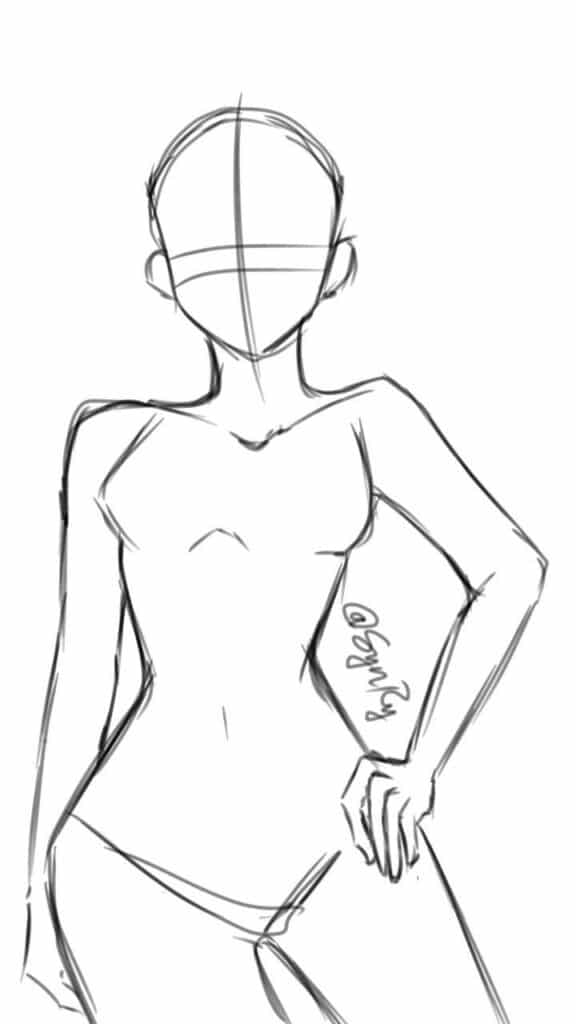
How to Create a Base Drawing
A well-structured base drawing is key for building accurate and consistent figures. Paying special attention to your materials, useful steps, and orientation will improve your results and save time.
Materials Needed
To get started, you’ll need a few basic materials. Use a pencil for easy corrections and clean lines. Mechanical pencils or standard HB pencils work well for base sketching since they provide just enough contrast without being too dark.
Choose suitable paper, such as smooth sketch paper, which helps when erasing and refining lines. An eraser is essential, with kneaded erasers being gentle on paper.
Sometimes, a ruler can help establish proportions and align major body parts like shoulders or hips. If you prefer digital drawing, a tablet and stylus can replace traditional tools, but the process is much the same.
Step-by-Step Process
Start by sketching a vertical line as your figure’s spine. This sets the orientation and main flow of the pose. Next, mark the head with a circle or oval at the top of this line.
Draw a line for the shoulders perpendicular to the spine, followed by a curving line for the hips. Use simple shapes—like rectangles or ovals—for the torso and pelvis. Connect these forms with lines indicating the limbs, and lightly sketch in the arms and legs using straight or slightly curved lines to show motion.
Gradually flesh out the structure by adding curves for joints and refining the body’s outline. Avoid detailed features at this stage; focus only on the pose, proportions, and basic forms to keep the base clean and readable.
Tips for Orientation and Scale
Establishing the correct orientation early is important for achieving a natural pose. Always decide if your figure will stand upright, tilt, or be viewed from an angle before detailing the drawing. Use the spine line to define the main axis and adjust the shoulder and hip angles to match.
For consistent scale, compare major body segments, like the height of the head with the length of the torso or legs. Many artists use the “head count” method: a typical adult figure is about 7.5 heads tall.
To keep proportions accurate, lightly mark key points before committing to dark lines. Working from larger shapes down to details allows for easy adjustments throughout the base drawing process.
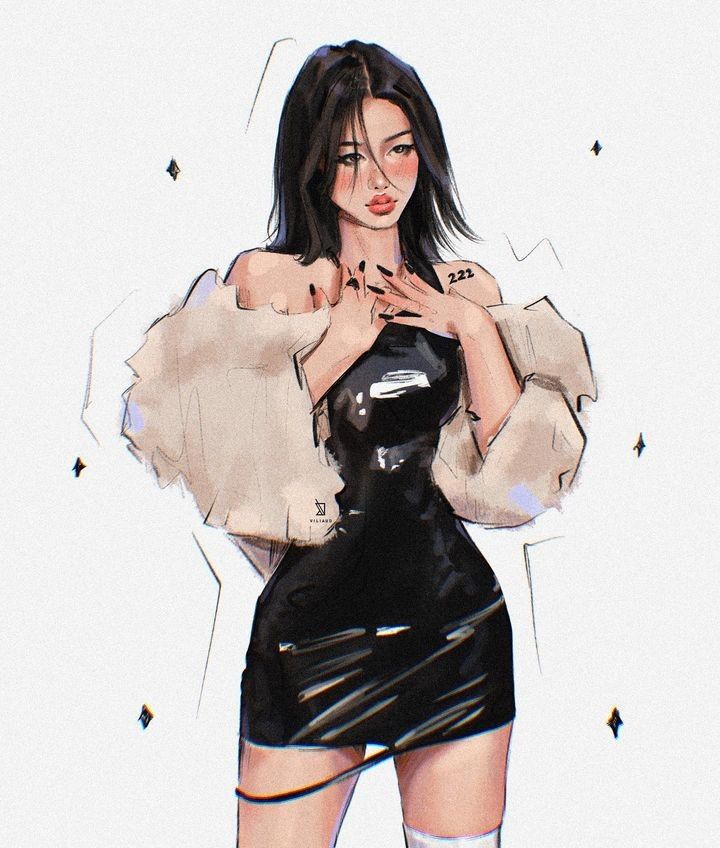


Base Drawing in Collectible Art
When it comes to collectible art, the uniqueness and presentation of base drawings matter a lot. You’ll find value not just in the artwork itself but also in the details like the print quantity, artist’s signature, and paper quality.
Limited Quantity Prints
Limited quantity prints give your collection a sense of rarity. Artists often produce only a set number of prints for each base drawing. These might be individually numbered, such as “5/50.”
Because there are fewer copies, limited prints often increase in value and demand among collectors. If you want to own something not everyone else has, these prints are a great choice.
- Key Features:
- Numbered editions
- Increased collectability
- Potential for higher resale value
Check the edition size before buying—smaller editions usually mean higher exclusivity.
Hand Signed and Personalized Signatures
A hand signed base drawing adds credibility and personal touch to your collection. Artists often use pencil or archival ink to sign prints, sometimes including messages or dedications.
Personalized signatures make your piece unique to you. If you request a dedication, the artist might write your name or a special message along with their signature.
- Why It Matters:
- Authenticates the artwork
- Increases sentimental and monetary value
- Connects you directly to the artist
Look for visible, legible signatures, ideally signed by the artist’s hand rather than printed or stamped.
Heavy Stock Matt Paper
Heavy stock matt paper gives base drawings a professional and long-lasting presentation. Matt paper reduces glare and reflections, making artwork easier to view from all angles.
The weight of the paper provides a sturdy feel, which helps protect the drawing from damage. Collectible prints on quality paper tend to resist warping, fading, and yellowing over time.
- Advantages:
- Enhanced durability
- Better color representation
- Premium tactile experience
Choosing prints on heavy matt paper helps ensure your collectible art stays beautiful for years.
Applications and Significance
Base drawing is essential for many technical and creative fields. It forms the structure for further design, ensuring accuracy and consistency when producing complex diagrams.
Reference for Test Flight Diagrams
When you create test flight diagrams, base drawings provide a standardized framework. These serve as the underlying reference points for representing airframes, component layouts, and instrument placements.
Having a clean, proportional base ensures that all system modifications are clearly visible and easy to trace. For example, when documenting sensor placements or control surface changes, you return to the same base drawing for each new variation.
Base drawings improve collaboration in teams, making sure everyone works from the same visual blueprint. This level of consistency is critical in test flight operations, where each detail affects safety and performance evaluation. Using base drawings helps you avoid miscommunication and speeds up review cycles.
- 888shares
- Facebook0
- Pinterest888
- Twitter0

